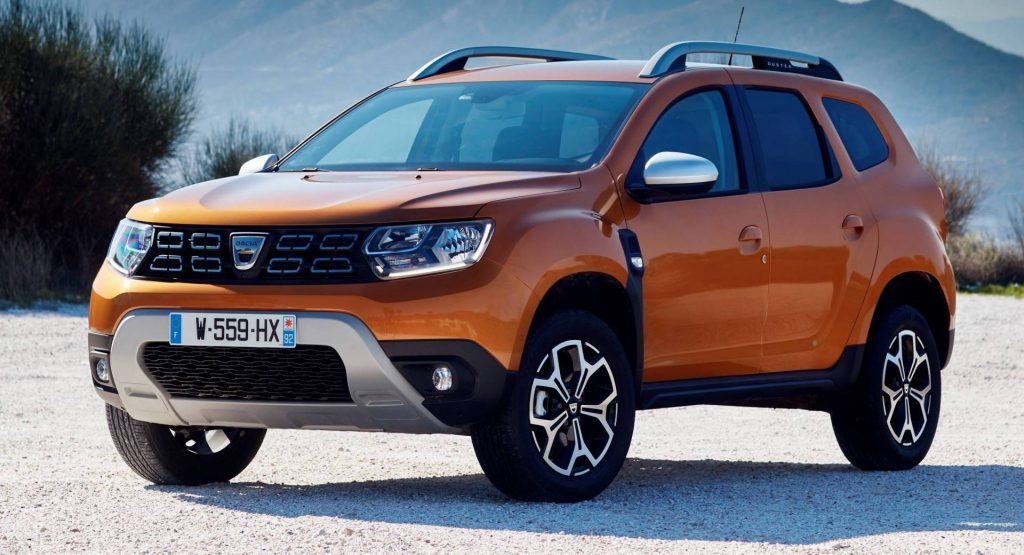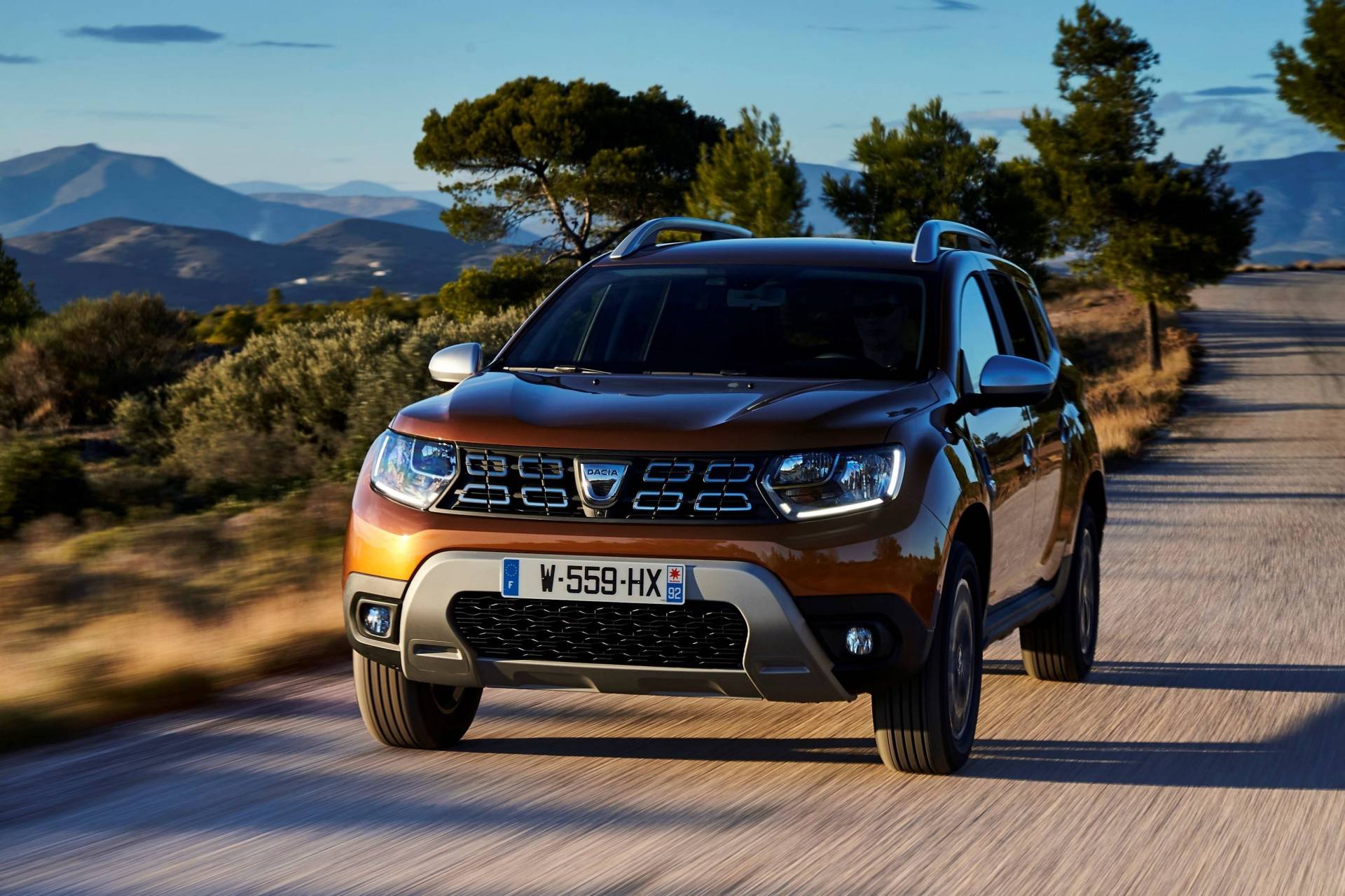Dacia continues the modernization of its engine range with the new TCe 100 gasoline engine for the second-generation Duster.
Replacing the SCe 115 naturally aspirated 1.6-liter four-cylinder engine, the TCe 100 turbocharged 1.0-liter three-cylinder unit brings reduced fuel consumption and CO2 emissions as well as more torque.
Built at the Pitesti plant in Romania, the TCe 100 is one of Renault Nissan Alliance’s latest power plants. Offered exclusively with a five-speed manual transmission and front-wheel drive, the turbocharged three-cylinder engine delivers 100 PS (99 hp) and 160 Nm (118 lb-ft) of torque.
Thanks to the turbo, the engine is said to offer enhanced responsiveness and greater energy efficiency thanks mainly to the higher peak torque (by 4 Nm) delivered from a lower engine speed (2,750 rpm compared to 4,000 rpm). Equipped with the new powertrain, the Duster is slightly slower than with the SCe 115 unit, though. It accelerates from 0 to 100 km/h (62 mph) in 12.5 seconds (vs. 11.9 seconds before) and reaches a top speed of 168 km/h / 104 mph (vs. 172 km/h / 107 mph).
Still, the new power plant does offer 18 percent lower CO2 emissions and fuel consumption than the SCe 115. The average fuel economy as per WLTP is 5.5 liters/100 km, with corresponding CO2 emissions of 125 g/km. In France, the new engine is available on the Access and Essential trim levels starting at €12,490 (approximately $13,900) including VAT.
Also read: Dacia To Launch More Duster Derivatives, Expand Range With New SUVs
The new engine expands the Duster lineup which already includes Blue dCi 95 and Blue DCi 115 diesels as well as TCe 130 GPF and TCe 150 GPF gasoline units.













